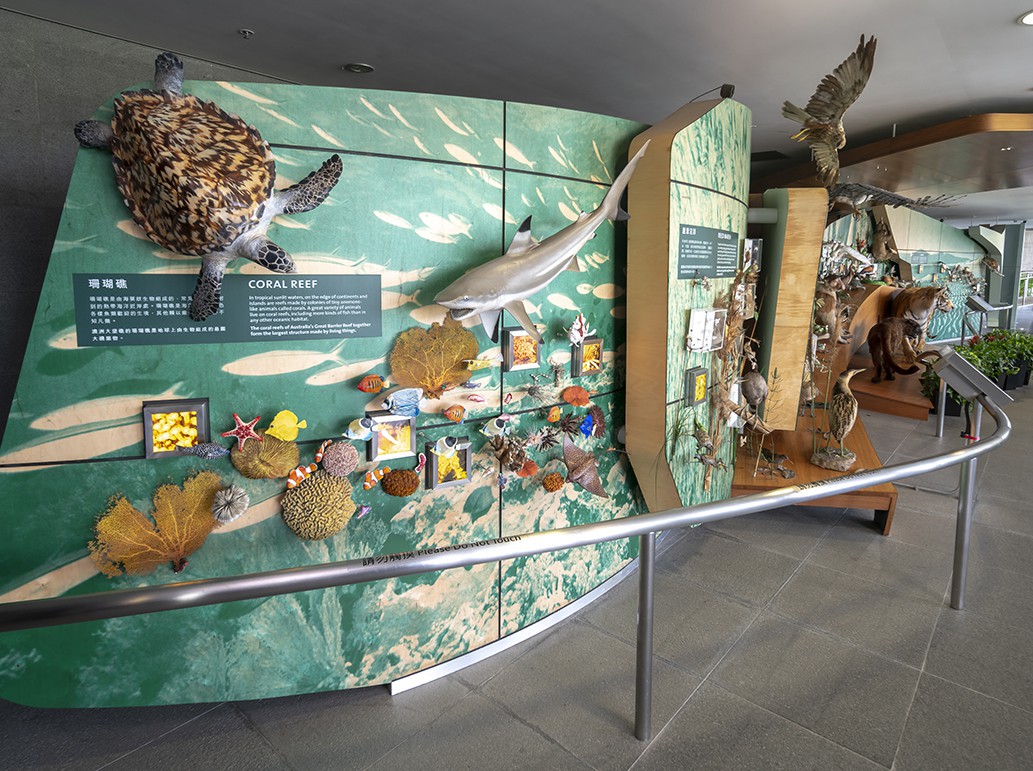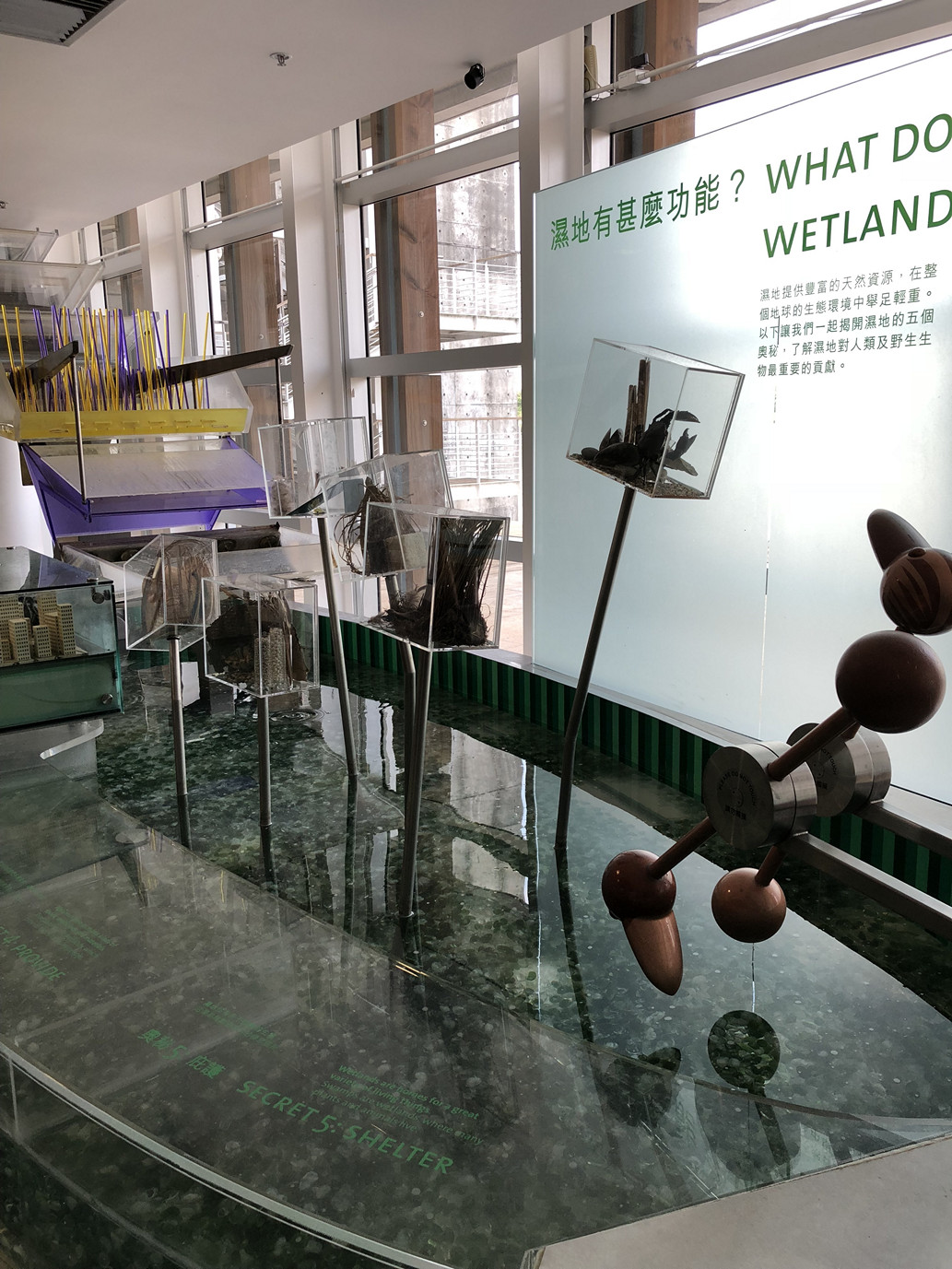Wetland Interactive World

Wetland Interactive World
Functions of Wetlands

Functions of Wetlands
- Store – Wetlands absorb massive run-off and release water slowly, e.g. floodplain
- Filter – Wetlands can trap waste and break down pollutants, e.g. reed beds
- Protect – Wetlands protect our shore lines against storm waves, floods and erosions, e.g. mangroves
- Provide – Wetlands provide us food, medicines and natural materials, e.g. rice paddies
- Shelter – Wetlands are home to living organisms and support complex food web, e.g. coral reefs
Around the World

Around the World
There are many wetland habitats around the world, including: freshwater marshes, northern tundra, coral reef, estuaries, rocky shore and so on. To protect these precious habitats and the living creatures therein, an intergovernmental treaty "Convention on Wetlands" or "Ramsar Convention" was signed in 1971. The Mai Po Marshes and Inner Deep Bay was designated in the Ramsar List of Wetlands of International Importance in 1995.
You can know more about some of the important wetlands through the "Around the World" exhibit which shows the distribution of wetlands around the world that are of international importance. Moreover, 17 representative wetlands (the large dots) are chosen to demonstrate the characteristics of these different habitats.